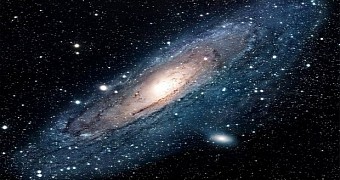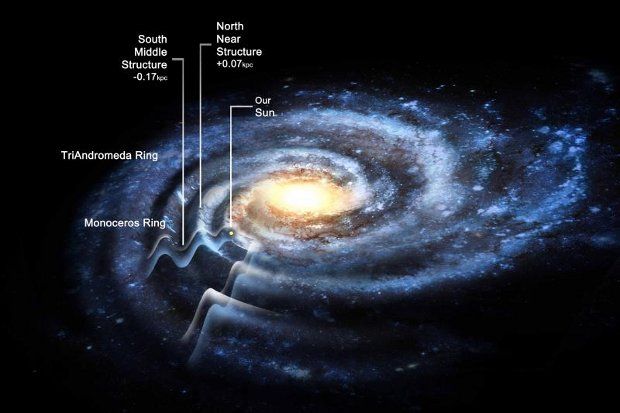The Milky Way galaxy, which includes billions of stars and planets among which our Sun and Earth, is way bigger than previously estimated, astronomers write in a new study in the Astrophysical Journal.
As explained by researchers with the Rensselaer Polytechnic Institute, the general view of the Milky Way is that of a mass of stars distributed across a flat plane. A super thick but nonetheless flat plane, to be more precise.
Well, it looks like this view is by no means accurate. On the contrary, new evidence indicates that the Milky Way's galactic disk comes complete with several ripples, as illustrated in the image below.
These ripples are big enough to push the known width of the Milky Way from 100,000 light-years to a jaw-dropping 150,000 if flattened out. Thus, it looks like out home galaxy is about 50% larger than initially estimated.
“In essence, what we found is that the disk of the Milky Way isn’t just a disk of stars in a flat plane - it’s corrugated,” said researcher Heidi Newberg. Furthermore, “As it radiates outward from the sun, we see at least four ripples in the disk of the Milky Way.”
These ripples that the Rensselaer Polytechnic Institute scientists say are part and parcel of the Milky Way's anatomy were discovered by studying the density of light across the galaxy.

 14 DAY TRIAL //
14 DAY TRIAL // 

